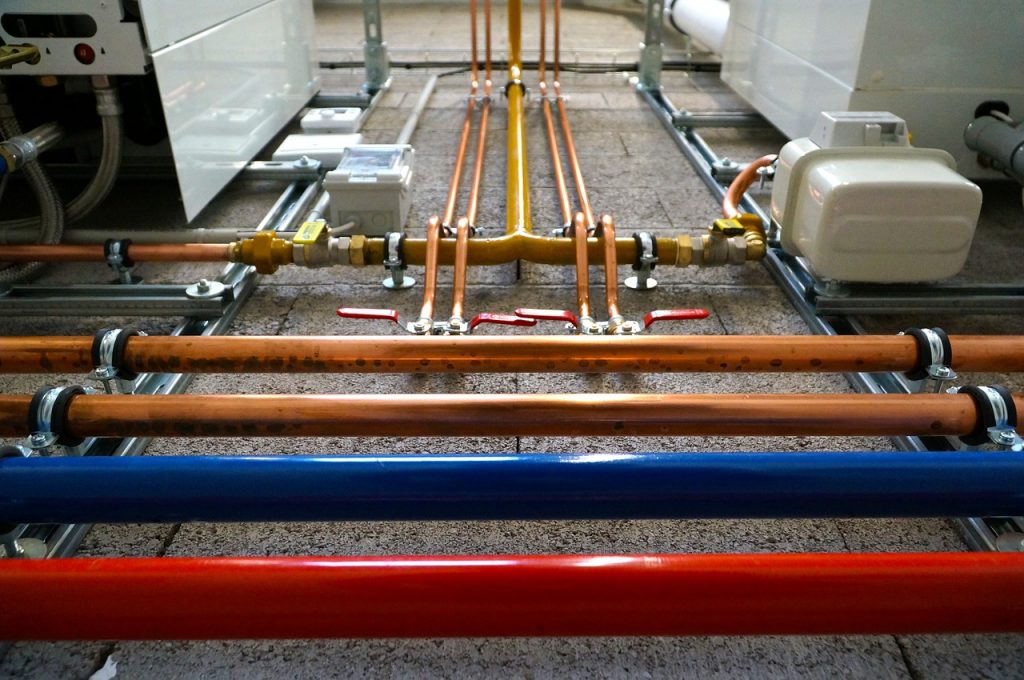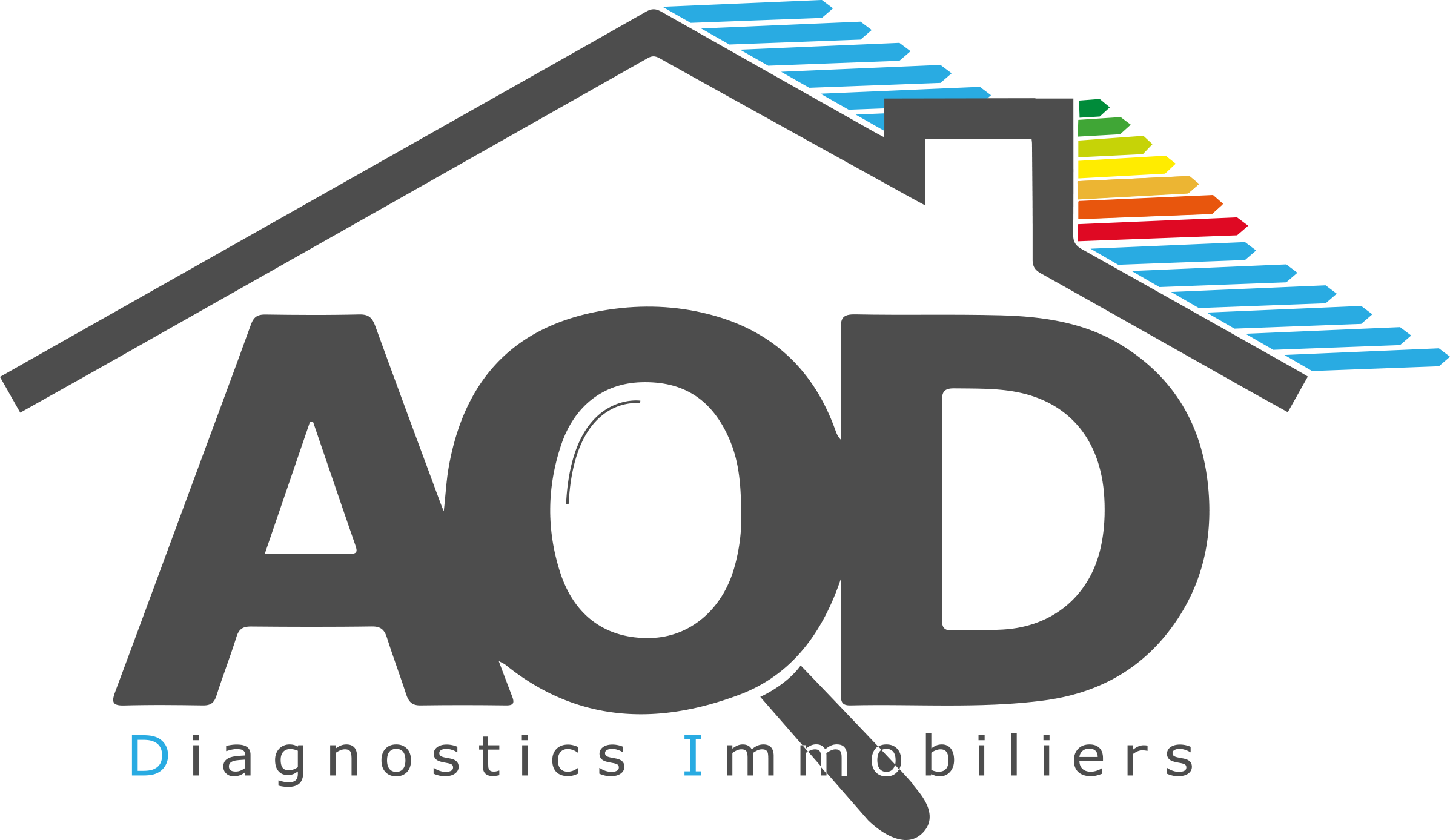Whether it is to enjoy a comfortable room temperature in summer or winter, insulation is of paramount importance. In order to be comfortable in your home all year round, it is therefore imperative to have adequate insulation and to know how to spot the signs of a problem in this respect.
What are the signs of poor insulation?
Vous avez des doutes quant à la qualité de l’isolation de votre demeure? Voici quelques signes à surveiller pour établir un meilleur diagnostic:
1) High heating and cooling bills
Poor insulation will necessarily cause outside air to seep into the interior of the house, whether in the summer or winter. As a result, the temperature inside the house will be greatly influenced by the outside temperature. As a result, you will be very hot in the summer and very cold in the winter, forcing you to rely too heavily on air conditioning and heating to remedy the situation. Needless to say, high bills are not uncommon in these circumstances...

2) Une mauvaise répartition de la chaleur : conséquence directe d’un manque d’isolation
If an uncomfortable temperature is a major problem resulting from poor insulation, poor heat distribution is also a sign that your insulation is deficient. Thus, too great a difference in temperature from one room to another should be a warning sign. Note that this difference in heat can also be seen by comparing the floor and ceiling to the touch.

3) Des murs intérieurs et des planchers froids: signes d’une isolation déficiente
One concrete sign of poor insulation is the presence of cold interior walls and floors, which is difficult to miss in everyday life. The section of the floor next to the wall deserves special attention.
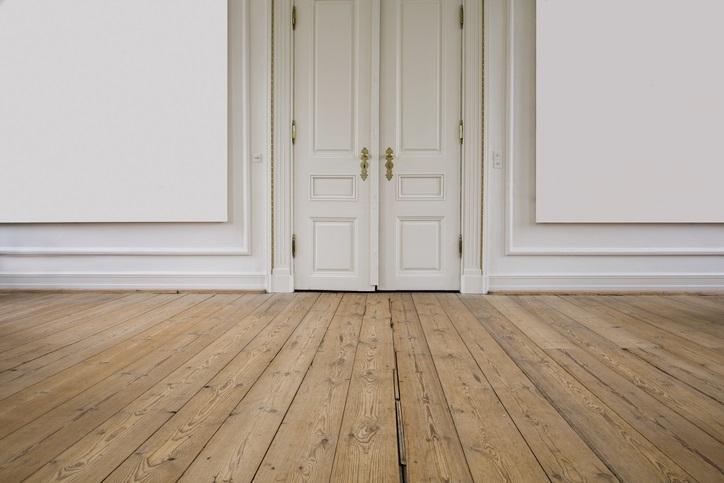
4) Des infestations d’insectes et d’animaux
S’il y a des ouvertures et des dégradations qui touchent à l’isolation, les animaux et les insectes vont vouloir y élire domicile. Lorsque vous constatez un problème d’infestation, vous devrez possiblement remplacer le matériau d’isolation, car les créatures peuvent y laisser des excréments, nuisant ainsi à la qualité de l’air de la maison. Ils peuvent aussi déchirer et causer des dommages supplémentaires au matériau.
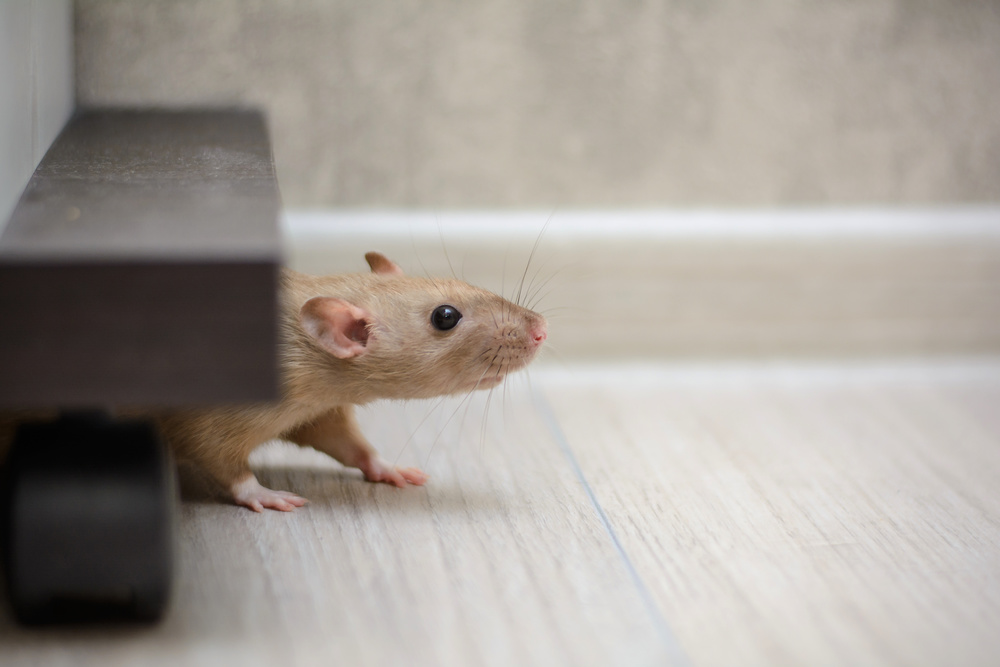
Toutes les régions ne voient pas la neige en hiver ! Voici les quels signes supplémentaires d’une mauvaise isolation dans certaines régions où le froid et la neige sont présents :
5) Rapidly thawing roofs and stalactite formation
Although a rapidly thawing roof may initially be a blessing and bring the happy realization that spring will soon arrive, do not rejoice too quickly. Indeed, if the temperatures are relatively cold, a roof that drips with surprising speed indicates that the temperature inside the attic is too high.
Because the attic is poorly insulated, the heat in the attic will escape through the roof and eventually melt the water in the gutters and freeze in the gutters as stalactites. As a temporary solution, make sure to regularly clear snow from the lower sections of the roof to limit the occurrence of this phenomenon. Never leave this type of problem lying around, as this accumulation of water is likely to seep into the attic as well as the exterior walls.

6) Snow melting near the walls of the house
If you see an area of slush on your property at the foundation level, you may well have insulation problems. To remedy this, you will probably need to call in a professional who can inject spray urethane (type two) into your foundation walls.
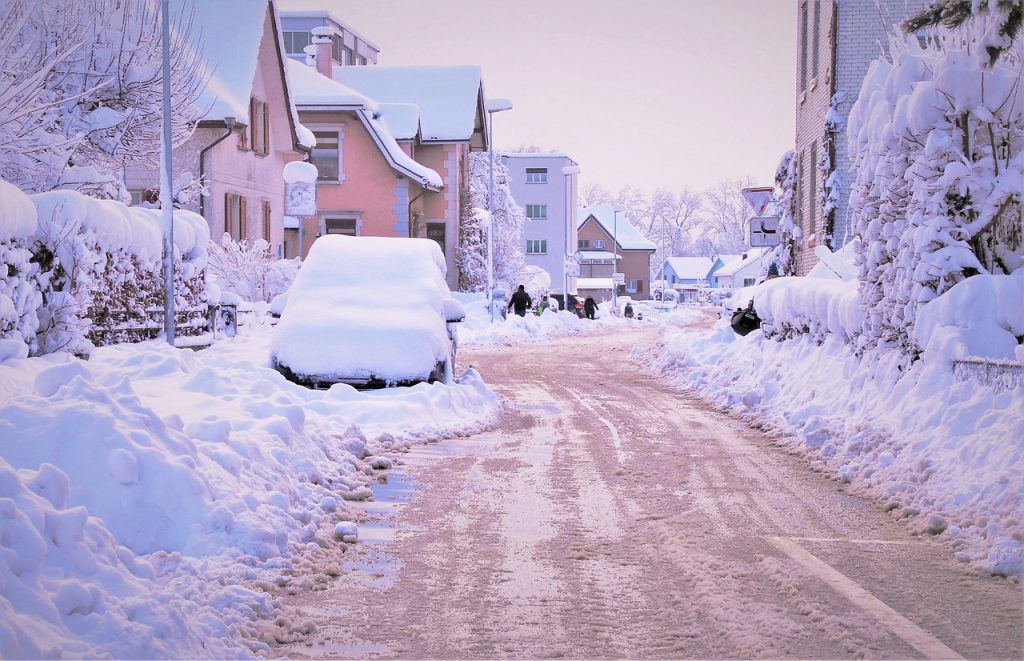
7) Une maison mal isolée : synonyme d’un taux d’humidité élevé et de moisissures
Mould is a phenomenon that is usually caused by a lack of insulation inside the walls and by inadequate ventilation. The reaction that results from these two factors combined leads to condensation, which in turn leads to the appearance of fine water vapour that will eventually turn into mould. Therefore, be aware of the appearance of mould, especially on the walls in winter and in the basement during the summer.

8) Freezing plumbing
Vos tuyaux de plomberie gèlent souvent durant l’hiver? Cela pourrait indiquer un problème d’isolation dans certaines zones de la maison ou même partout dans l’immeuble. Cela mérite une investigation supplémentaire!
